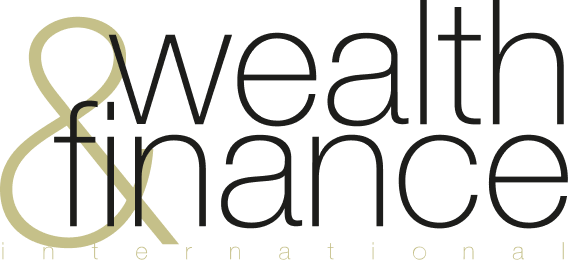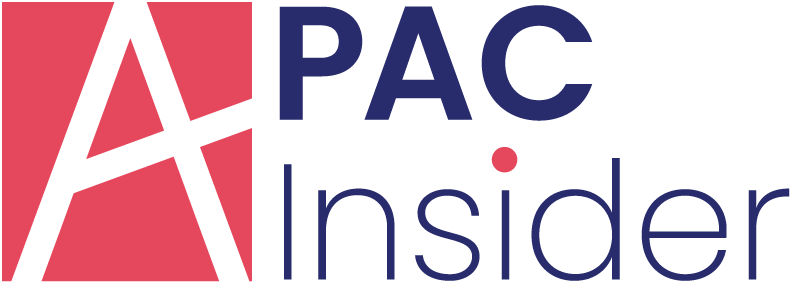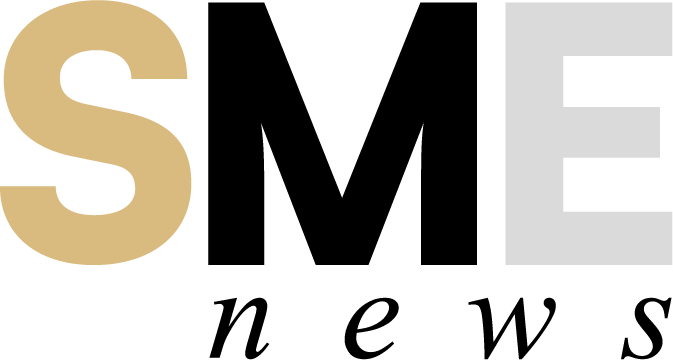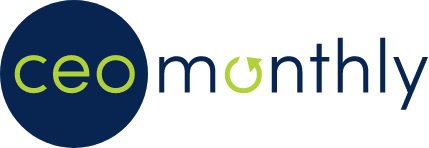
By Yauhen Zaremba – Director of Demand Generation
Grant writing can be a daunting task. If you’ve never written a grant proposal before the idea of putting one together can be overwhelming. This article will cover the proposal writing process from start to finish, with tips and best practices along the way. By the time you’re finished with this advice, you’ll be confident you’re putting your best foot forward when approaching organizations for funding.
What is a non-profit grant proposal?
A grant proposal is any document sent to a funding body to convince them to support a project or organization. This is how organizations fund everything from science projects, to charity work, to new startup companies.
For non-profits, knowing how to write a good grant proposal is essential to their survival. Particularly as grants are often a primary source of income.
A non-profit grant proposal should cover the following bases:
- The introduction should briefly describe the organization and its mission. It should also state what the proposed project is and why it is needed.
- The statement of need should explain the problem that the project will address and be backed up by data and statistics.
- The project description should give more details about what will be done to solve the problem. It should include information about who will benefit from the project and how they will be helped.
- The budget should show how much money is needed to fund the project. It should itemize all expenses and there should be a clear justification for each item.
- The concluding statements should reiterate the importance of the project and summarize what has been presented in the proposal.
How to write an effective grant proposal for a non-profit project
Writing a successful grant proposal requires preparation and research. You’ll need to identify potential donors and consider the work they’re interested in funding, as well as craft a compelling case for your project. Follow these tips to learn how to write an effective grant proposal for your non-profit project.
Know your audience and connect with them
Before you start writing, think about who will be reading your proposal. What kind of information do they need or want to know? What would grab their attention and make them want to support your project? You should research the organization and submission guidelines thoroughly; only send your proposal to funds or donors you’re qualified for.
Slightly personalize your proposal to each new body you’re sending it to, making sure that you connect with each one individually. You can also use concrete examples and stories to make your mission relatable, by bringing these people and issues to life.
Keep it focused
A good story has a clear beginning, middle, and end. In other words, don’t try to cram too much information into your proposal. Stick to the most essential points and tell them in a way that is easy to follow. A successful grant proposal won’t be your last point of contact with a funding body, so you can always give more information on a call later on.
Be honest
Don’t try to gloss over any challenges or potential risks associated with your project. Reviewers will see through this and it will hurt your credibility. Instead, show that you’re aware of these issues and have a plan for addressing them. In the non-profit world, it is more important to show that your organization reflects on potential issues, acknowledges complexities, and, in doing so, is able to provide unique solutions.
Write a strong cover letter
Your cover letter is your first chance to make a good impression on a prospective funder. It should be concise, convincing, and personalized to the specific funder you’re pitching to.
Your cover letter should be no more than one page. Get to the point and demonstrate the necessity of your project. Be sure to also mention any previous grants you have received from this funder and how those funds made a positive difference. Alternatively, mention similar (successful!) projects they’ve funded that covered similar ground.
Introduce your organization
After your cover letter, start by introducing your organization and any previous successes you’ve had. Be sure to clearly state how your work aligns with the funding source’s goals and priorities. Then, you can move on to a short executive summary detailing project activities, expected outcomes, and budget.
Start with a short executive summary
Funding bodies look at grant proposals like yours all day. To stand out, you need to make your pitch on the first page or two. It’s the same reason academic papers always start with an abstract: the reader can decide within a couple of minutes whether this is worth reading in full.
To write an effective executive summary, you need to cover the following points:
- Outline the problem you’re trying to solve.
- Briefly explain why your solution is novel or is reliably proven to work.
- Demonstrate that your organization has the experience and skills for this project.
- Outline the budget you’re asking for, and how you’re going to evaluate success.
It might be that the reader is only interested in a particular section, or needs to see your budget section before they read anything else, so consider using an online free PDF editor to add a hyperlinked Table of Contents. This should help them to easily navigate your proposal.
Set clear goals and achievable milestones
Once you’ve provided a brief summary, you can move on to your project properly. Start by telling the story of the problem people are having, and how your project is going to solve it. Make this convincing with SMART goals (Specific, Measurable, Attainable, Realistic, Time-bound) and a few clear milestones which you’ll use to measure progress.
Outline your project
Now that you’ve outlined your goals, it’s time to detail how you’ll achieve them. The focus should be on demonstrating your expertise as well as how innovative and necessary your project is. Describe any resources you’ll need to buy to complete this work, the expected ROI and if possible the partners you’re going to work with to get them.
Where possible, tie your project back to work you’ve seen succeed before. Those could be examples you’ve found in your research, past similar projects, or your own previous achievements.
Set your budget and justify it
Applying for grants and funding is often very competitive. With this in mind, you need to clearly demonstrate why you need this much money, and you need to demonstrate that you’re prepared for funding. Your budget should be intrinsically linked to the other sections of the proposal and, therefore, illustrate how each item is justified.
A successful grant proposal for non-profit projects
As they read your grant proposal, funding bodies go from “warmly open to your ideas” to “ready to sign waiver forms and get started”. You’ll make this happen by telling them everything they need to know upfront, but use the rest of your proposal to tell a convincing story about who you are, the problem you see in front of you, and why your non-profit is the one to solve it.




















